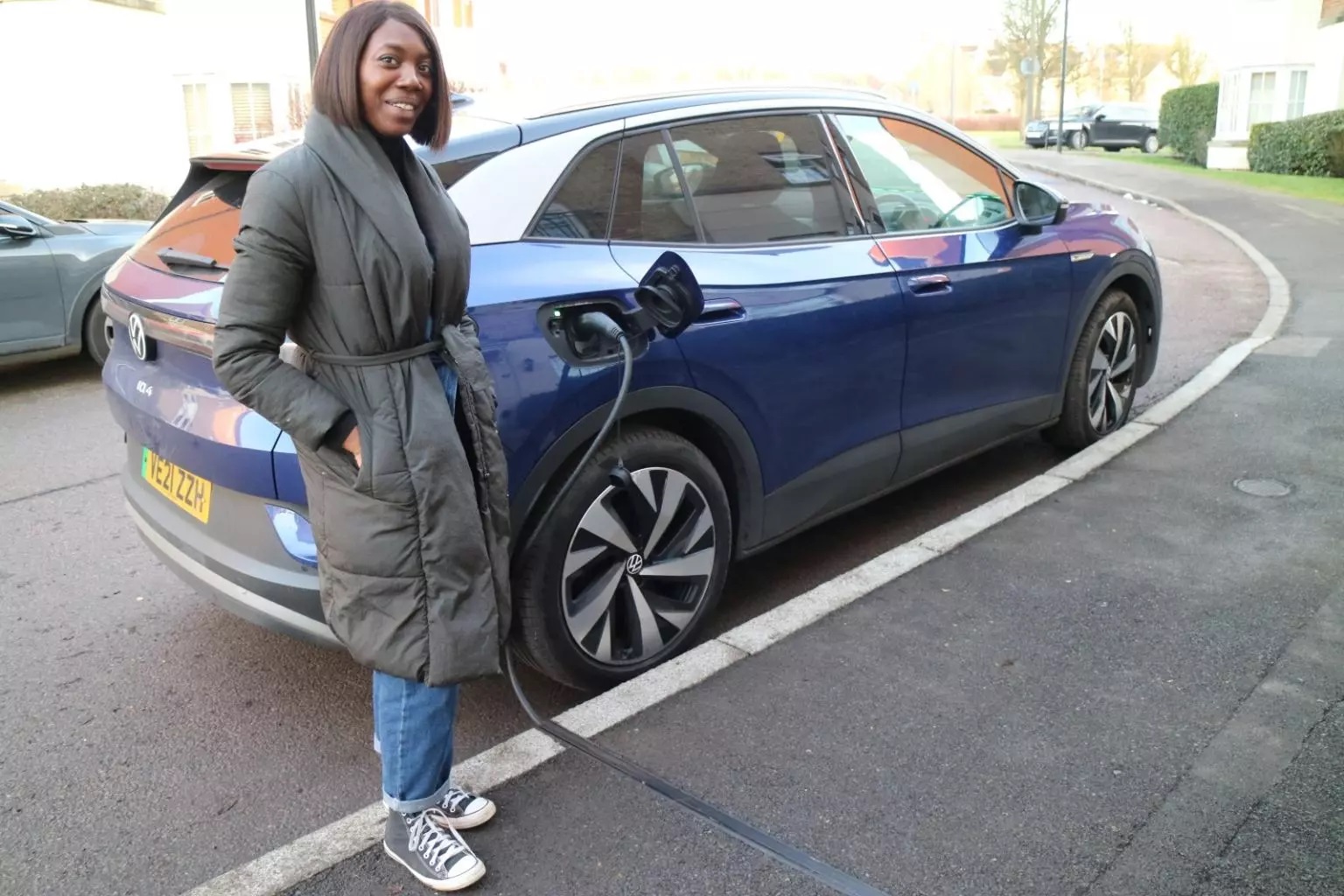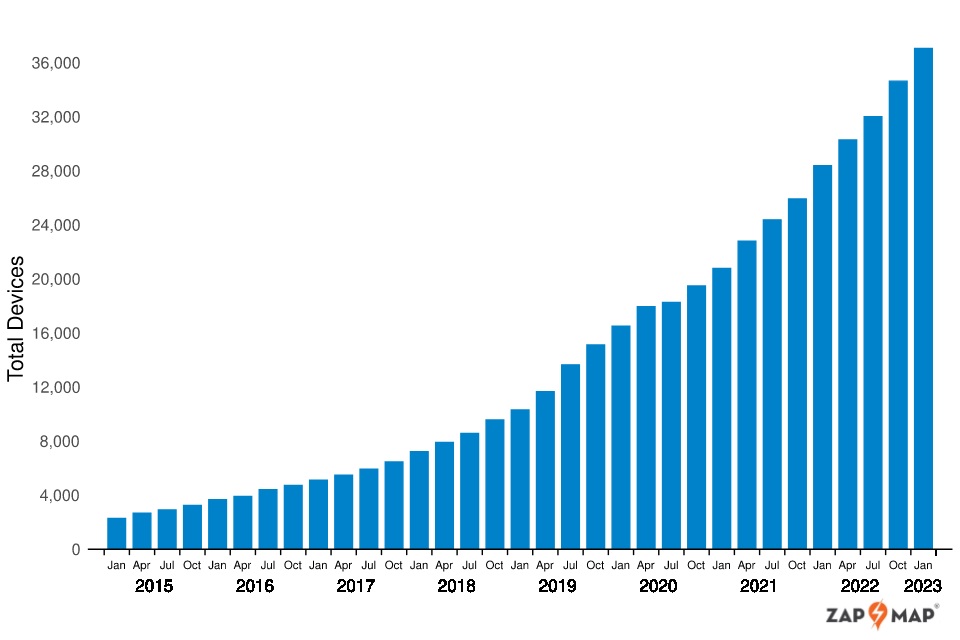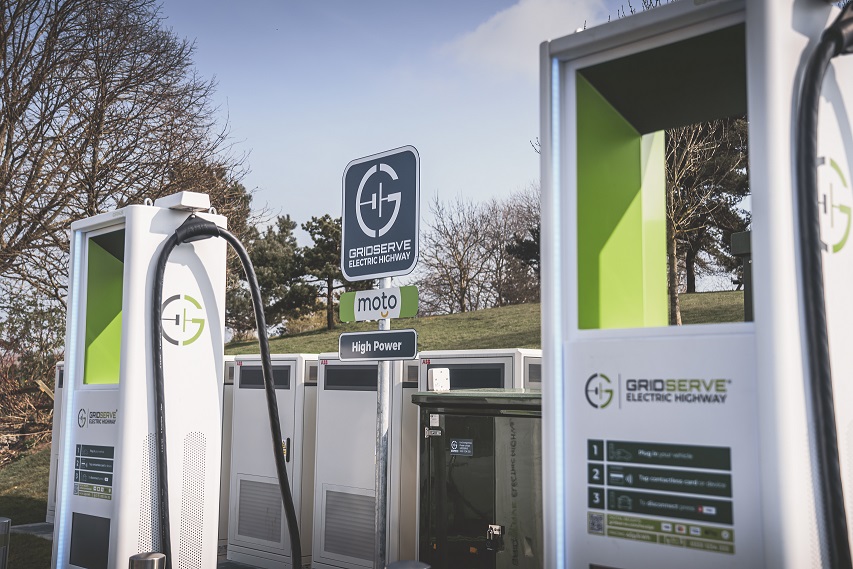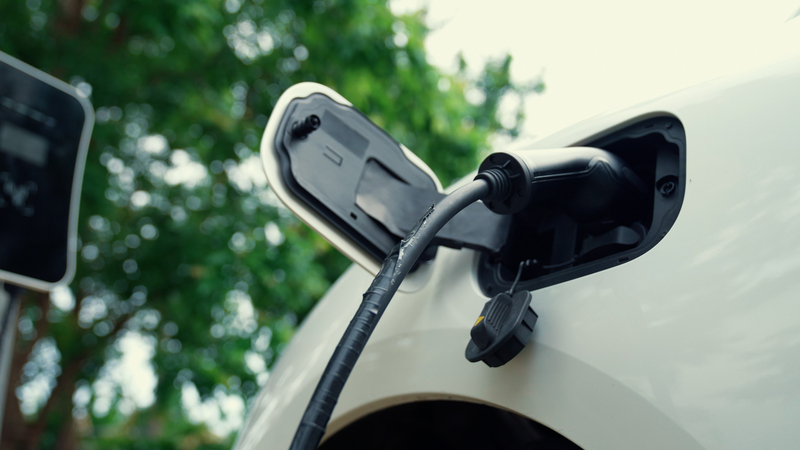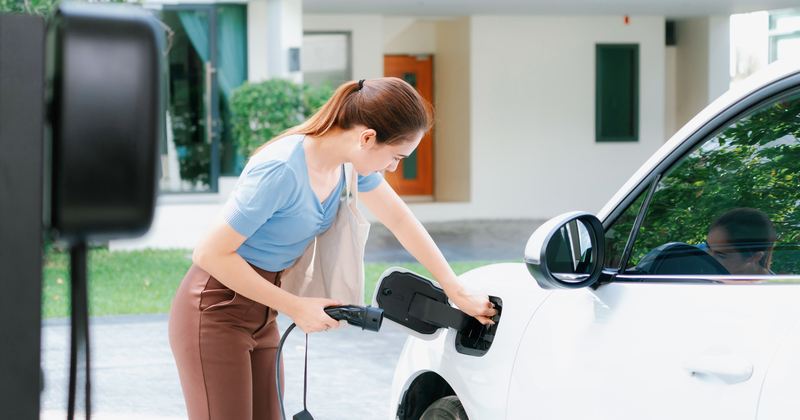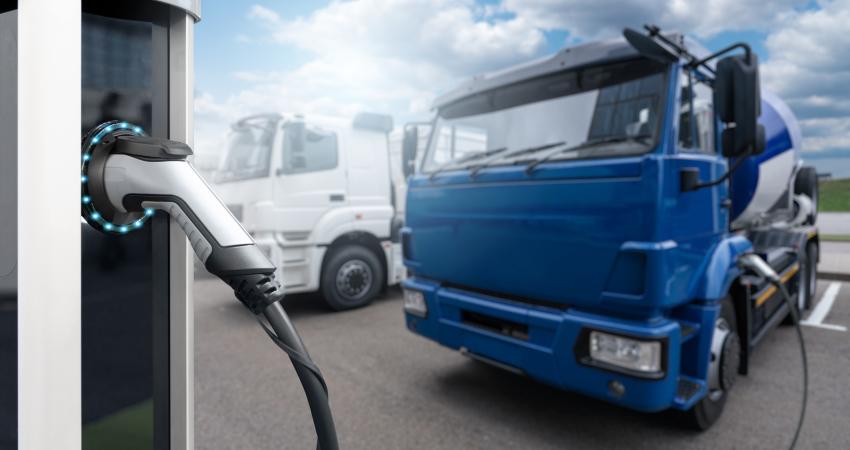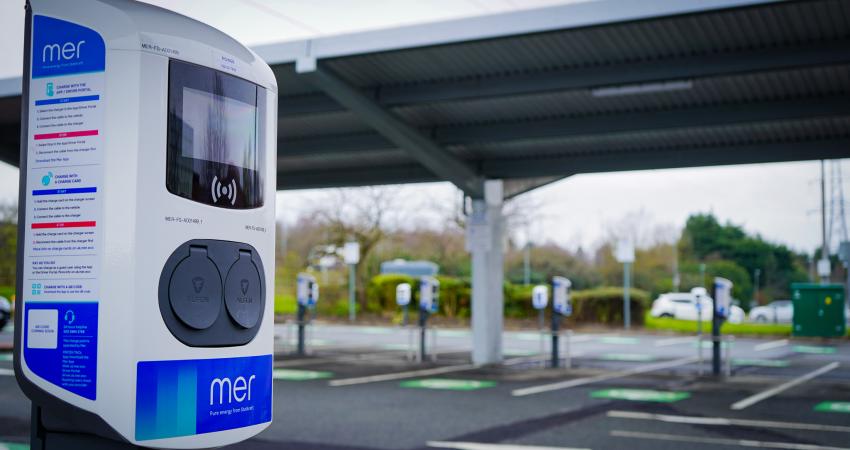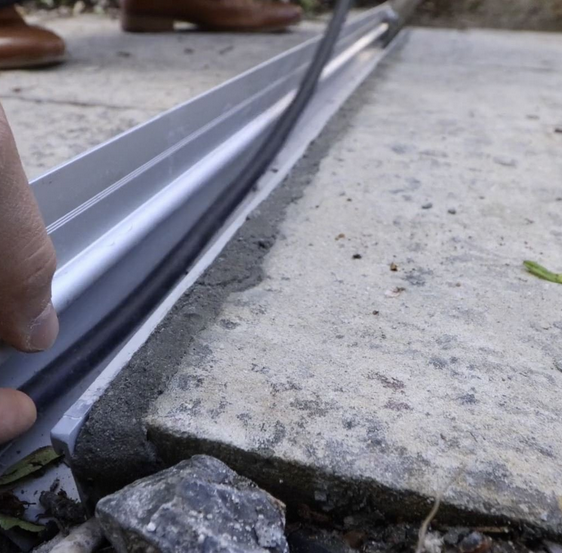
The guidance is designed to help local authorities in England to develop policies about the safe and effective use of cross-pavement solutions, which can provide residents with convenient charging options.
It provides information on the areas, regulations and processes to consider when forming policy. The guidance includes case studies of local authorities that have successfully trialled installation.
The ability to charge at home using cheaper electricity is seen as a major driver for EV uptake. A 2023 survey by Lloyds Bank found that 44% of UK homes were not suitable for EV charging points, leaving owners of such homes with the potentially risky or even illegal dilemma of whether to run a charging cable on the pavement to their vehicle.
The new government guidance puts a major emphasis on the use of cable channel channel charging solutions or 'gullies'.
Wales based cross-pavement charging solutions provider Charge Gully commented: "With the guidance now out, we believe that 2025 will be the tipping point for cable channels in the UK, as many local authorities were waiting for the guidance to start trialling/using these solutions."
The cross-pavement charging solutions market is at an early stage. However, a variety of solutions have been trialled by local authorities who have shared the processes they have adopted and learning points within this guidance.
The decision to allow the installation of a cross-pavement solution in the public highway rests with the relevant local authority. The suitability of an individual location is dependent on factors set out in this guidance.
There are 2 main types of solution that have been subject to trials and are currently on the market.
Cable channels embedded within the pavement
Sometimes referred to as ‘gullies’, these are proprietary systems designed to temporarily house the charging cable whilst the vehicle is being charged. The cable is removed once charging is complete. These are the most common solution used at present and trials have taken place in multiple local authorities using various suppliers.
Permanent under pavement cables
Solutions where a permanent charging cable is laid below the pavement, connecting the domestic chargepoint via removeable bollards, a lance, or other connectors to the vehicle.
There are other emerging technologies, such as charging bridges, that are not covered in the government guidance document.
The guidance does not cover temporary solutions, such as cable covers or mats, which can be placed on top of a cable. These create a small ramp which can lower pedestrian trip hazards. This guidance may be relevant and inform a local authority’s decision on whether to permit the use of such covers and mats locally.
For any cross-pavement charging solution, a local authority should be satisfied it meets construction, safety, accessibility, and other standards before agreeing to the apparatus being installed on a public highway.
The guidance document is available here




